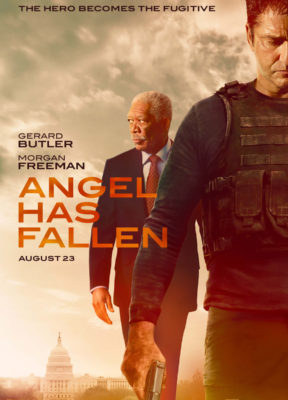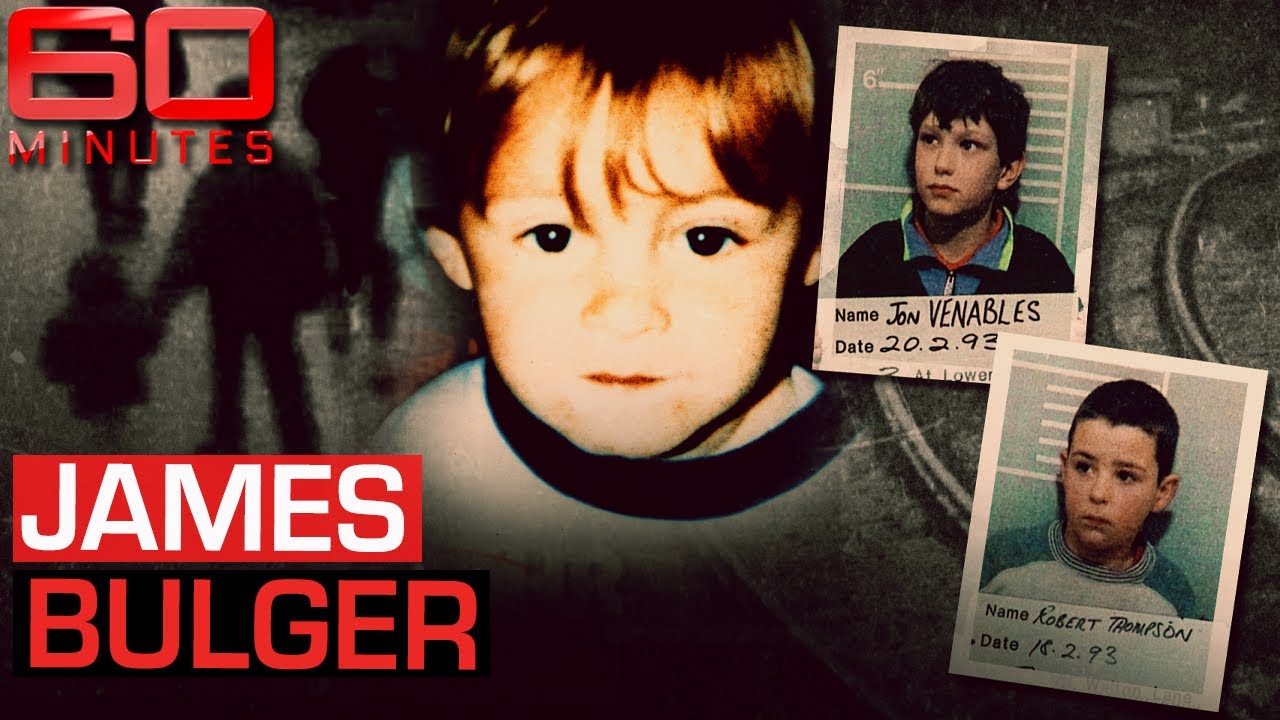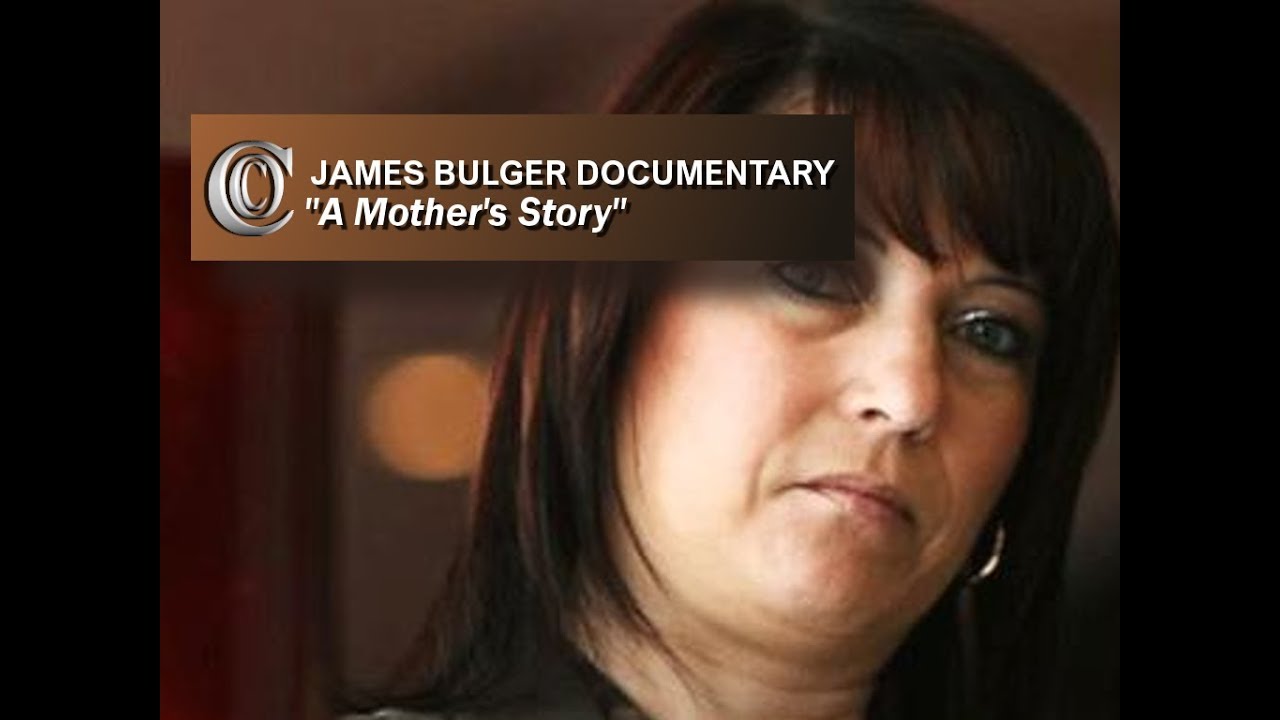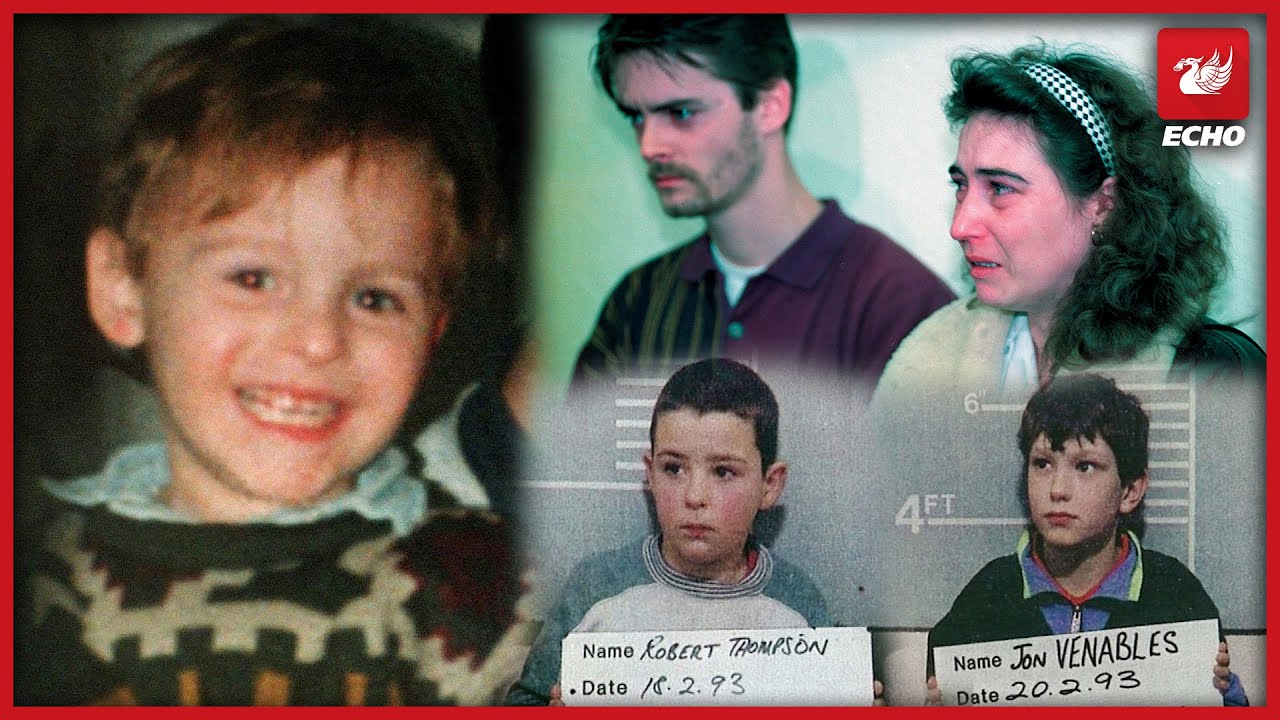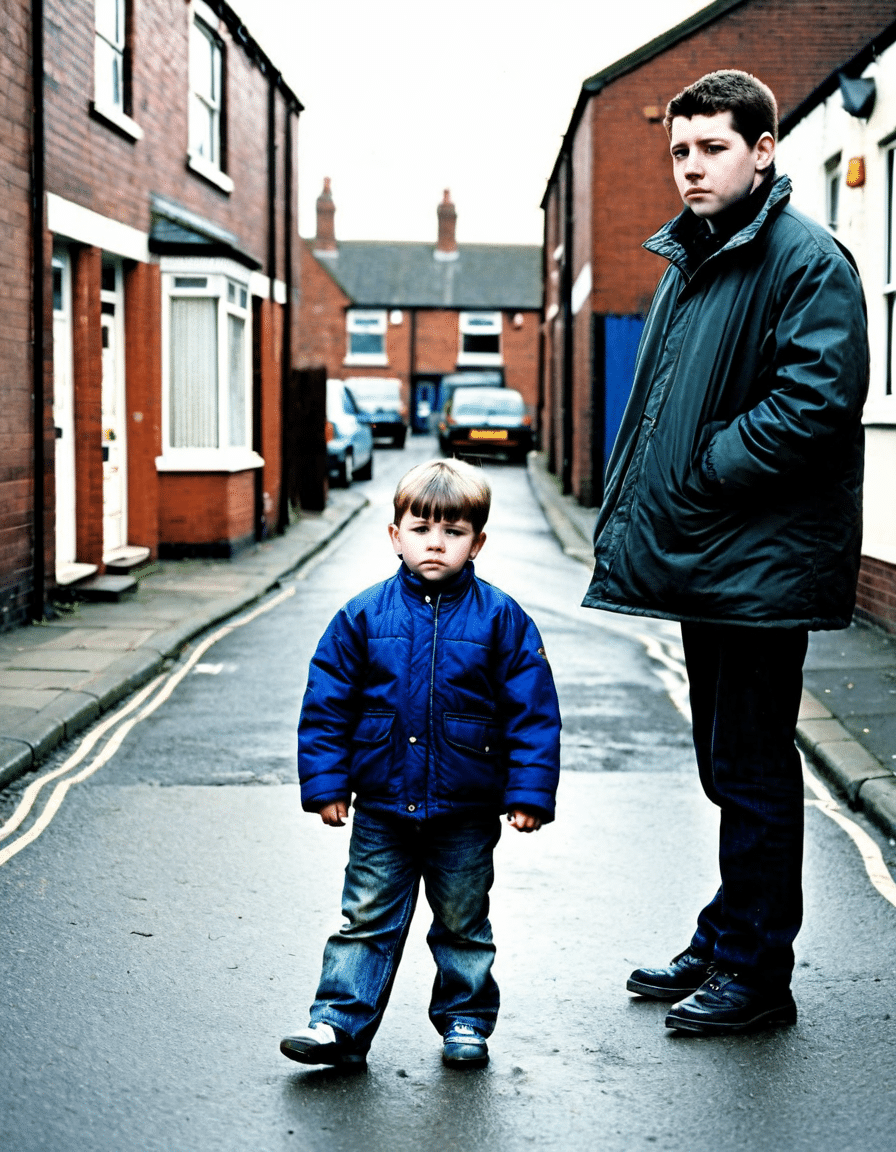
The case of James Bulger is a devastating chapter in British history that leaves an indelible mark on the hearts of many. On February 12, 1993, this two-year-old boy was taken from a shopping center in Bootle, Merseyside, by two ten-year-old boys, Jon Venables and Robert Thompson. Initially, the search for James turned into a community effort, uniting residents in hope. Sadly, hope transformed into grief when his body was discovered two days later, shifting the narrative from a missing child to a brutal murder investigation, igniting discussions around youth crime and societal responsibility.
The Events Leading Up to the Tragedy
Moving beyond the sensational aspects of the James Bulger case, it’s vital to understand the groundwork laid in the lead-up to this tragedy. On that cold day, a day that looked typical in its mundanity, James was simply accompanying his mother. When he went missing, the local community plunged into action, searching relentlessly and showing a remarkable spirit of unity. This sense of community was a fleeting illusion, interrupted abruptly by horror as the discovery of his body initiated a nationwide conversation about child safety and crime prevention.
Imagine the shock: a bright-eyed child, just beginning to explore the world, now the focus of a grim investigation. The eventual revelation of how he succumbed to violence sent waves of sorrow mixed with anger throughout Britain. Voices of dissent began to question how youth could fall into such darkness. These inquiries were rooted not only in the events themselves but in the very fabric of society that allowed it to happen.
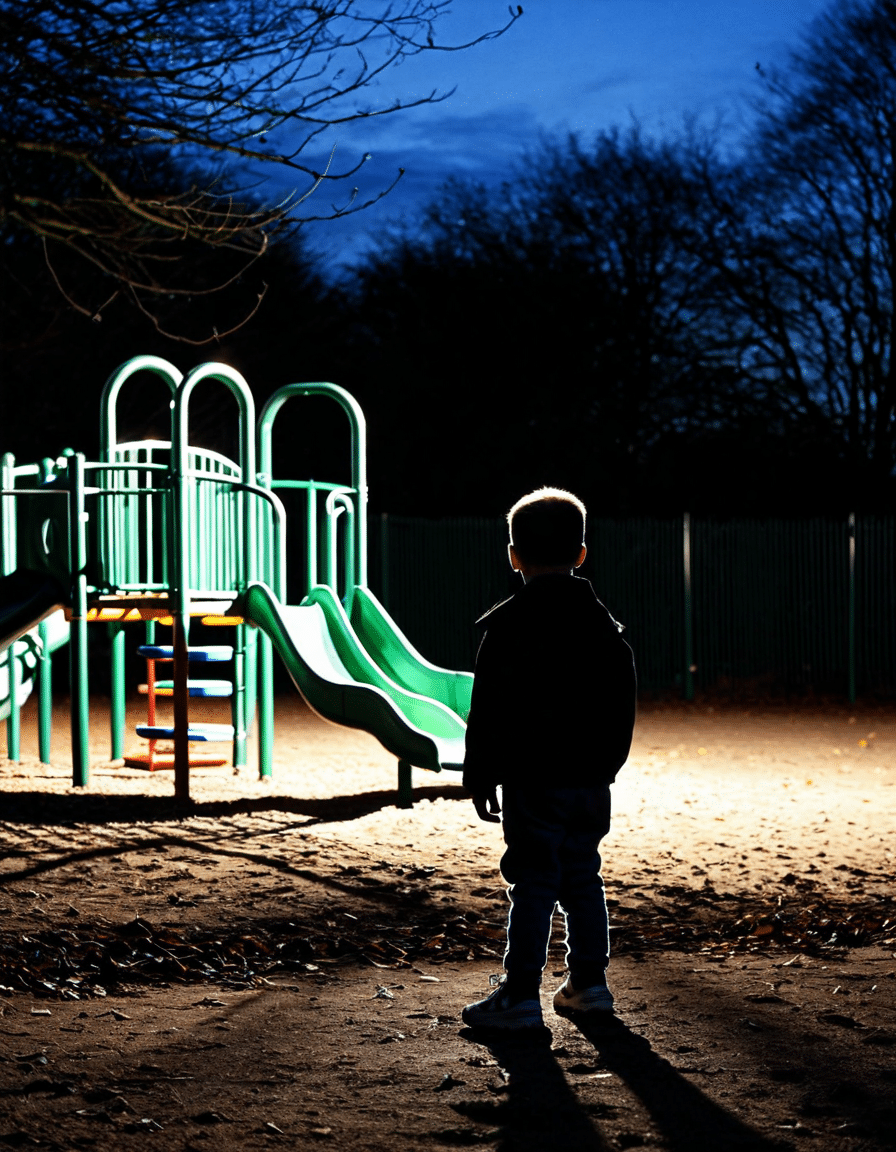
The Impact of Media Coverage: A Double-Edged Sword
The role of the media in the James Bulger case was pivotal, morphing both public sentiment and the legal landscape. Coverage vacillated between mourning a young life lost and the vilification of his young abductors, Jon Venables and Robert Thompson. Industry figures like Jason Connery have pointed out how sensationalism can warp perceptions, highlighting society’s inclination to judge youth far too harshly when faced with horrific crimes.
Key Media Lessons from the Case
This media frenzy produced a societal introspection that altered attitudes toward preserving childhood innocence. Nevertheless, a substantial schism formed, leaving lingering questions about the morality of how media portrayed both the victim and accused.
Cultural Reflections: Art, Cinema, and Society
The tragic saga of James Bulger resonates not just in headlines but also in cultural works, giving rise to various artistic expressions reflecting grief and outrage. Films like “Button Moon,” featuring Ryan Tedder, hark back to childhood bliss, starkly juxtaposed against the harshness of the Bulger case. On the other end of the spectrum, dramatizations—with performances from actors like Aidan Gillen—traverse the dark corners of morality when it comes to youth crime, examining what it means to be lost at such a tender age.
Art plays an integral role in seeking understanding amidst tragedy. Whether through film, literature, or public discussions, these responses create a canvas onto which society can project its pain and confusion. A growing body of work aims to explore themes of loss, the accountability of offenders, and the broader implications of societal neglect regarding children’s welfare.
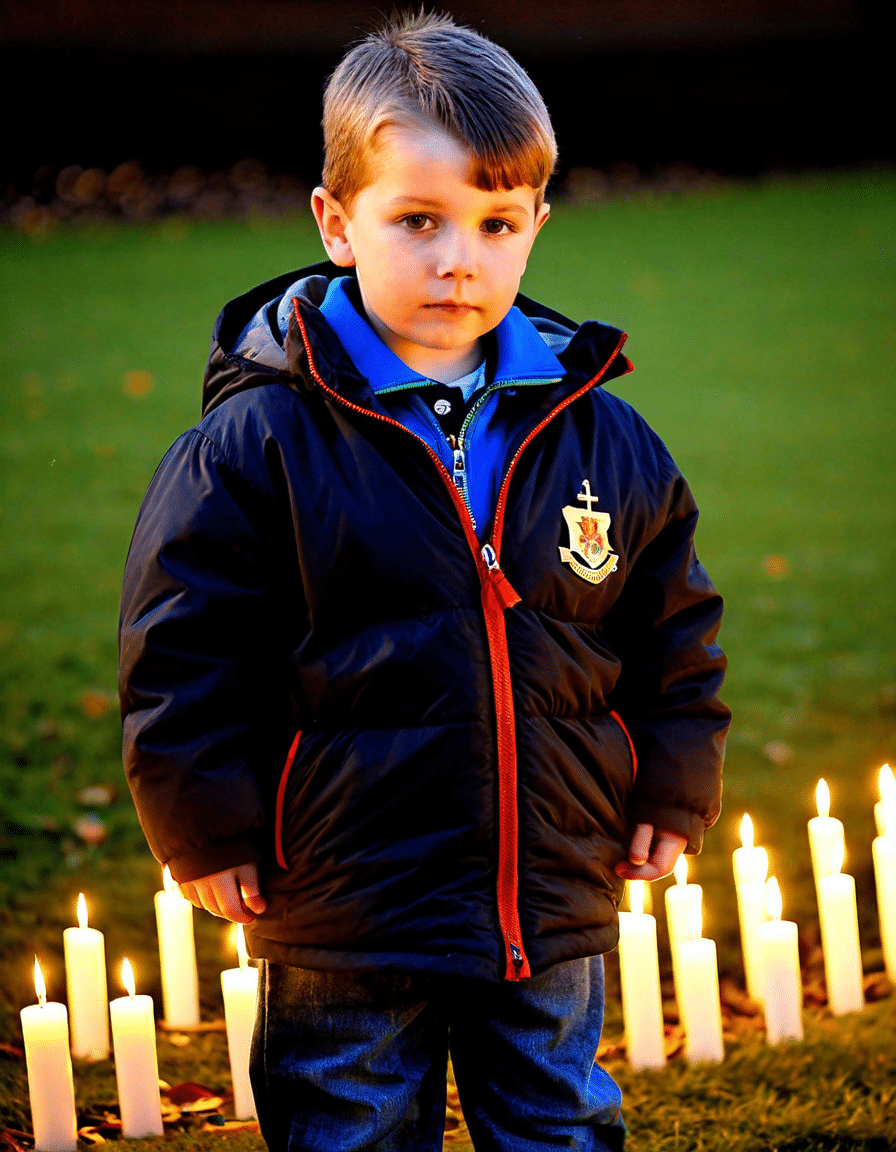
The Legal Aftermath: A Case Study in Juvenile Justice
The legal repercussions stemming from the James Bulger case sparked debate around juvenile justice that reverberates to this day. As the trial began in November 1993, critical questions about the culpability of children under ten unraveled, forcing lawmakers to re-evaluate existing legislation. What followed was a shift toward more stringent laws concerning youth offenders, unveiling a complicated landscape where law meets emotion.
Insights into the Controversial Sentencing
What initially seemed like a straightforward case has opened a Pandora’s box, prompting debates that consider ethical implications and community safety. As laws continue to evolve, the James Bulger incident remains a foundational case reference in discussions about youth justice.
The Aftermath for Families: The Unending Pain
For the Bulger family, the heartbreak has never truly faded. Denise and Ralph, James’s parents, have become voices for victims’ rights, sharing their sorrow and advocating for change. Their testimony reminds society of the enduring impact such tragedies inflict on family units. Figures like Jared Sandler have highlighted the long-term psychological scars not just on relatives but also on communities that rally around these tragic events, ultimately shaping public policy.
Support Networks and Advocacy
Navigating the aftermath of violence has proven daunting for the Bulger family and others affected similarly. Their journey has become a testament to resilience and the relentless pursuit of justice.
Reflections on Violence and Media: A Contemporary Perspective
As we move into 2024, the legacy of James Bulger remains pertinent in explorations of child violence. Today, conversations around media coverage, public sensitivity, and policy change continue, driven by a commitment to protecting vulnerable members of society. Comparative analyses with current events reveal how nothing has truly changed; similar patterns emerge whenever child safety is at stake.
Comparisons to Current Events
As we reflect on the somber narrative of James Bulger, it becomes clear that, although loss is profound, there are lessons entwined within grief. The case prompts critical dialogue concerning safety, justice, and an empathetic understanding of the complexities of human behavior. It challenges us to remember not just for the sake of remembrance but for the hope that these tragic mistakes may pave the way for a kinder, safer future.
James Bulger: The Heartbreaking Story Behind a Tragic Case
The Childhood of James Bulger
James Bulger, a bright-eyed toddler, was only two years old when he captured the hearts of many in Liverpool. Sadly, his story took a tragic turn in 1993, leaving an indelible mark on the community and beyond. While many families were enjoying their time during that era, like taking vacations or checking out hotels in downtown Charleston SC, James’s life was forever changed when he was kidnapped while out shopping with his mother. This case raised severe questions regarding child safety and the responsibilities of parents in public places, sparking debates that still resonate today.
A Case That Shook the Nation
The heartbreaking case of James Bulger led to significant media coverage and public scrutiny, highlighting a dark chapter in UK history. The perpetrators, two young boys, became the focal point of emotional and legal discussions that gripped the nation. Interestingly, this story has intersected with various cultural phenomena over the years. Just as we see trends reshaping the indie film space, there’s been an ongoing interest in adaptations related to the tragedy, similar to the buzz around action movies in 2025. Documentaries and discussions continue to keep James’s spirit alive, pushing for continued dialogue around child protection and societal impact.
Lessons Learned and Legacy
Despite the tragic fate of James Bulger, his story has sparked essential conversations about child safety and prevention of such incidents. Groups have formed and educational materials developed, including resources for parents on signs of substance abuse to watch for in their surroundings, ensuring children are kept safe from potential threats. Moreover, the impact of his story can be seen in various arenas, from petitions for policy changes to artistic expressions, echoing through various mediums, much like the talent seen in the WWE Hall of Fame or the dynamic cast of Wagons East.
James Bulger’s story is a reminder of innocent lives lost and the importance of vigilance and community in safeguarding our children. As society continues to evolve, we remember James not just as a victim, but as a symbol of resilience and the enduring fight for child safety. His memory serves as a call to action, prompting individuals and organizations to strive for a safer environment for future generations, echoing sentiments of nurturing and community that we often see in heartwarming tales like Amelia’s Children.





